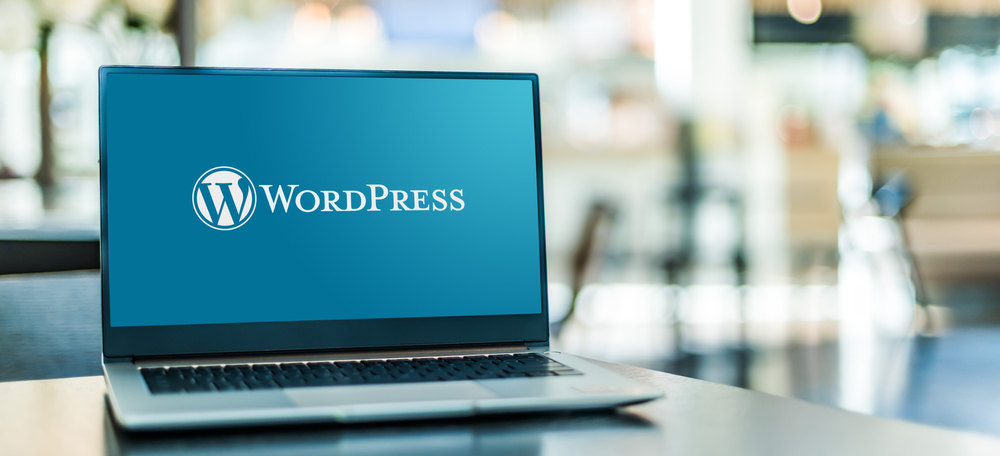
Mastering WordPress Website Customization & Maintenance: Essential Tips & Tricks

WordPress (or WP) is one of the most popular content management systems (CMS) in the world, powering millions of websites across various industries. Its flexibility, user-friendly interface, and extensive range of plugins and themes make it an ideal choice for individuals and businesses of all sizes.
Whether you're a seasoned WordPress user or just starting out, understanding the ins and outs of customization and maintenance is crucial for ensuring a successful and efficient website. In this article, we'll explore some essential tips and tricks to help you master WordPress website customization and maintenance.
Choosing the Right Theme
WordPress offers a vast selection of themes to choose from, each offering unique layouts, features, and customization options. When selecting a theme for your website, consider the following:
Remember, choosing the right theme sets the foundation for your website's design and functionality. Take the time to explore different options and select a theme that aligns with your goals and requirements.
Utilizing Plugins Wisely
One of WordPress (WP) 's greatest strengths is its extensive plugin library, which allows you to enhance and extend your website's capabilities. However, it's essential to use plugins wisely to maintain optimal website performance.
Here are some best practices for plugin usage:
- Keep it Minimal: Use only the necessary plugins to avoid unnecessary bloat that can slow down your website.
- Regular Updates: Ensure that all plugins are regularly updated to benefit from bug fixes, security patches, and new features.
- User Reviews and Ratings: Before installing a plugin, check user reviews, ratings, and the number of active installations to assess its reliability.
- Compatibility: Verify that the plugin is compatible with your version of WordPress to avoid conflicts and possible errors.
By being selective and cautious about the plugins you install, you can maintain a stable and secure website while benefiting from extra functionality.
Customizing the Appearance
WordPress offers numerous customization options to make your website visually appealing and align it with your brand identity. Consider the following tips:
- Logo and Favicon: Upload a high-resolution logo and favicon that represent your brand effectively.
- Typography: Choose fonts that are easy to read and complement your website's overall aesthetics.
- Color Scheme: Select a color scheme that matches your brand and conveys the desired emotions and impression.
- Menus and Navigation: Create intuitive navigation menus to help users easily navigate through your website.
Additionally, take advantage of WordPress (the blogging platform) 's built-in customizer, which allows you to preview and make real-time changes to your website's appearance without affecting the live site.
Optimizing Website Performance
A fast-loading website is crucial for retaining visitors and improving search engine rankings. Here are some tips to optimize your WordPress website's performance:
- Caching: Utilize caching plugins to create static versions of your web pages, reducing server load and improving loading times.
- Image Optimization: Compress and resize images before uploading them to your website to minimize file sizes and improve loading speed.
- Minify CSS and JavaScript: Reduce the file sizes of CSS and JavaScript files by removing unnecessary characters and whitespaces.
- Database Optimization: Regularly clean up your WordPress database by removing unnecessary data, such as post revisions, spam comments, and expired transients.
Regularly monitoring and optimizing your website's performance will ensure a smooth browsing experience for your visitors and positively impact your SEO efforts.
Securing Your WordPress Website
As a popular CMS, WordPress attracts the attention of hackers and malicious bots. Protecting your website from security threats should be a top priority. Here are some essential security measures:
- Strong Passwords: Use unique, complex passwords for all user accounts, including the administrator account.
- Updates and Backups: Regularly update WordPress, themes, and plugins to patch security vulnerabilities, and backup your website regularly to prevent data loss.
- Two-Factor Authentication: Enable two-factor authentication for additional login security.
- Security Plugins: Install reputable security plugins to provide extra layers of protection against common threats.
By following these security practices, you can significantly reduce the risk of your WordPress (the platform for bloggers) website falling victim to attacks and unauthorized access.
Frequently Asked Questions
1. How can I install new themes on my WordPress website?
To install a new theme, go to "Appearance" in your WordPress dashboard and click on "Themes." From there, you can search for free themes in the WordPress theme directory or upload a premium theme in .zip format.
2. Is it possible to change my WordPress theme without losing content?
Yes, changing your WordPress theme does not remove your website's content. However, the new theme may require some adjustments to properly display your existing content and widgets.
3. How often should I update my WordPress website?
It's recommended to update your WordPress website, themes, and plugins as soon as new updates are available. Updates often include essential security patches and bug fixes.
4. Can I move my WordPress website to a different hosting provider?
Yes, it's possible to migrate your WordPress website to a different hosting provider. You can use plugins like "All-in-One WP Migration" or manually transfer files and the database to the new hosting environment.
5. How can I improve my website's search engine optimization (SEO) using WordPress?
Optimizing your WordPress website for SEO involves practices such as optimizing your content with relevant keywords, utilizing SEO-friendly plugins like Yoast SEO, optimizing meta tags, improving site speed, and ensuring a mobile-friendly design.
Mastering WordPress website customization and maintenance may seem challenging at first, but with the right tips and tricks, you can create a visually appealing, high-performing website that meets your goals. Remember to stay updated with the latest WordPress best practices and continuously explore new plugins and themes to enhance your website's functionality and design.
Other useful resources
- https://www.wordpress24plus.com/services/
- https://www.wordpress24plus.com/wordpress-tools-directory/wordpress-plugins/
- https://en.wikipedia.org/wiki/WordPress
- https://www.wordpress24plus.com/wordpress-tools-directory/wordpress-themes/